There is a lot of concern about the heat and related problems like heat exhaustion.
It would be great if all our workplaces were air conditioned so no one would get heat exhaustion, but that is not the case. Some places are open and air can circulate if there is a breeze. Some places have big fans to circulate the air. Some places are stifling and difficult for everyone. Some people must work outside in lawn care or construction.
OSHA and others want employers to provide relief in some way for heat exhaustion, but that is not always possible. This is very tough, no one has all the answers, and there are no easy solutions. In situations like this, the people doing the work need to be actively involved in trying to figure out how to mitigate the heat hazard and help each other as much as they can.
I heard of one group of men who made cast-iron castings who decided to work wearing only eye protection, gloves and boots. But that does not meet anyone’s safety standards. I read about others trying to lower the heat stress by changing their workday to start very early in the morning before the heavy heat of the day. Staying hydrated remains the key preventative to heat stress and exhaustion.
People are creative and can come up with many good ideas so that they don’t get heat exhaustion.

I liked to sit down with the people to talk together about how our particular group could handle the heat stress issues we were facing. Often creative solutions came up that would provide some relief. Perhaps it was a schedule change, wearing broad-brimmed hats, shortening the hours on really bad days, or taking longer breaks with ice-water or gator-aid in cooler chests to drink. These days cool-gel neck wraps and cooling vests are worth considering.
There are a variety of ways that people can use for their work situation that are safe and appropriate. As people come up with these ideas, talk together about how to best manage things to reduce the likelihood of someone having a heat stress problem. Try to figure out together what the best solution will be for your group under your conditions. I have found that involving the people in trying to figure this out usually results in the best solutions.
Ever wonder what people did to keep cool before air conditioning? Take a look at this short history lesson from History.com, “11 Ways People Beat the Heat Before Air Conditioning.”
The Politics
The political issues heading into the next few weeks and months and into this next election are very hot and difficult. It is best if you can keep them out of the organization – verbal political hostility can escalate quickly.
Political arguments can be a big distraction and lead to loss of productivity, increased injuries, and even workplace violence like bullying or even fights. Hostile environments can be fed by politics that turn mean and dismissive. Try to keep these heat issues out of the workplace. Employers need to remind employees that everyone has their right to their own political views, and because we endeavor to have a civil and respectful environment – where everyone is free from abuse of any kind – we need to keep our political views apart from our workplace.
The …isms
There are so many …isms that all sorts of distractions can come up. Opinions are very strong and tempers fly. Try to keep these debates out of the workplace. We all know better.

There is Relief for Everything, including Heat Exhaustion
Sit with the people together to talk about all the heat/hydration issues. Listen and let people talk about them without criticism. After having identified the most important ones for your group, talk together about ideas and ways that you all can work together and minimize the various heat stress problems as best you can. Develop a list that is most important for your situation and ask everyone to agree to work together so that things can be cooler, safer and healthier. Post these around the workplace so everyone can see them and live up to them.
Many of our problems we can solve ourselves so let’s do it! Give me a call at 716-622-6467 if you’d like to talk about this – happy to share with you.
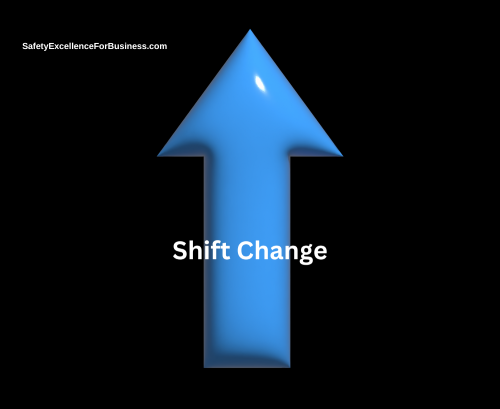
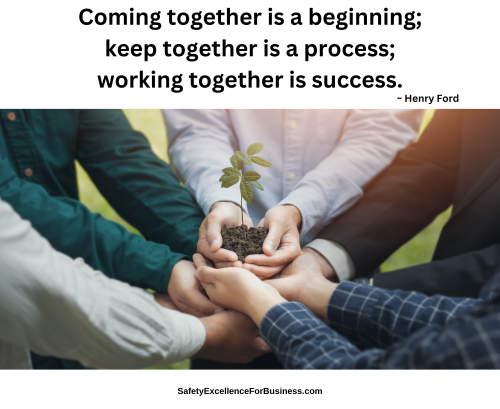
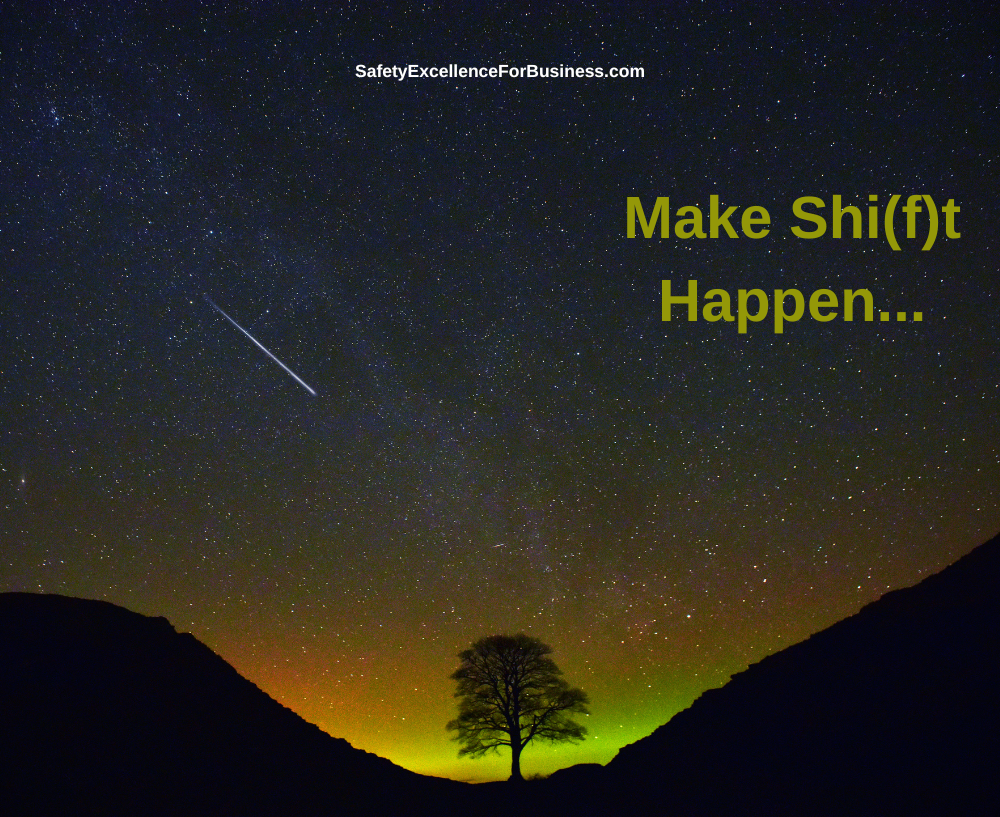
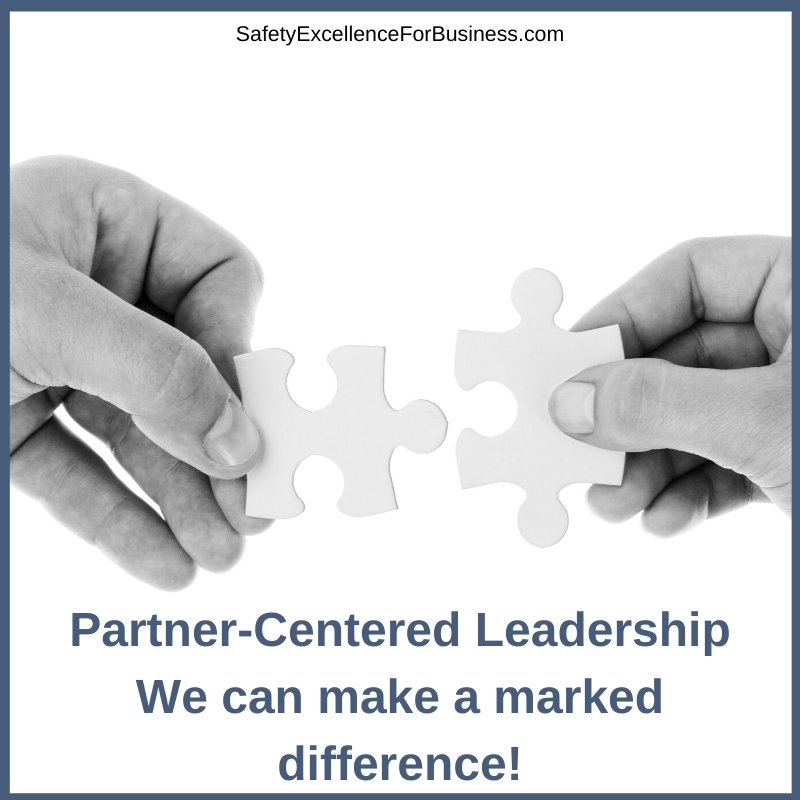
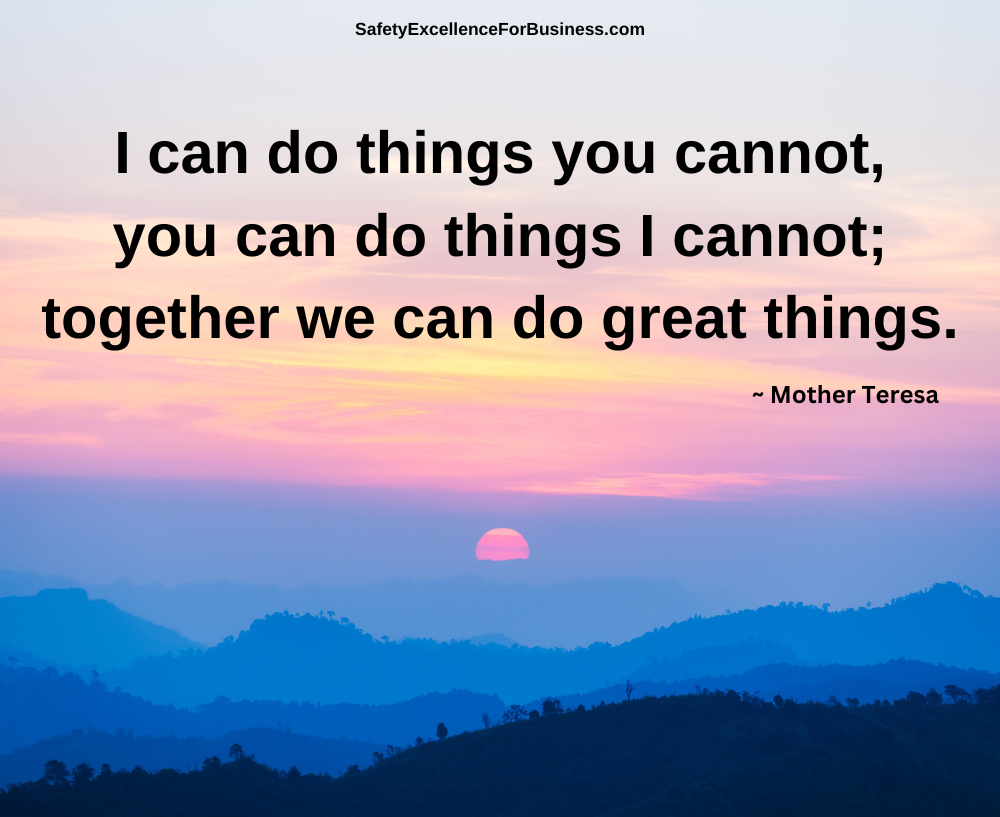
 Leaders are people who have a vision of what is possible, are concerned and care enough to make a difference, have the courage and commitment to do the work, and truly engage with people to learn, grow and to achieve their results. These are people who regularly go into their organizations, walk around, have the important conversations about getting better, building a respectful workplace, listening carefully, building trust and interdependence, and helping the people to be the best they can be. They create environments where it is safe to openly talk together, ask questions, share information, think out-loud and build a better future.
Leaders are people who have a vision of what is possible, are concerned and care enough to make a difference, have the courage and commitment to do the work, and truly engage with people to learn, grow and to achieve their results. These are people who regularly go into their organizations, walk around, have the important conversations about getting better, building a respectful workplace, listening carefully, building trust and interdependence, and helping the people to be the best they can be. They create environments where it is safe to openly talk together, ask questions, share information, think out-loud and build a better future. Lots of managers talk about the need for organizations to change and improve. But as I talk with people, go to conferences and read the safety literature, I hardly ever encounter anyone leading this way. So many managers do not know what it means to lead.
Lots of managers talk about the need for organizations to change and improve. But as I talk with people, go to conferences and read the safety literature, I hardly ever encounter anyone leading this way. So many managers do not know what it means to lead.




